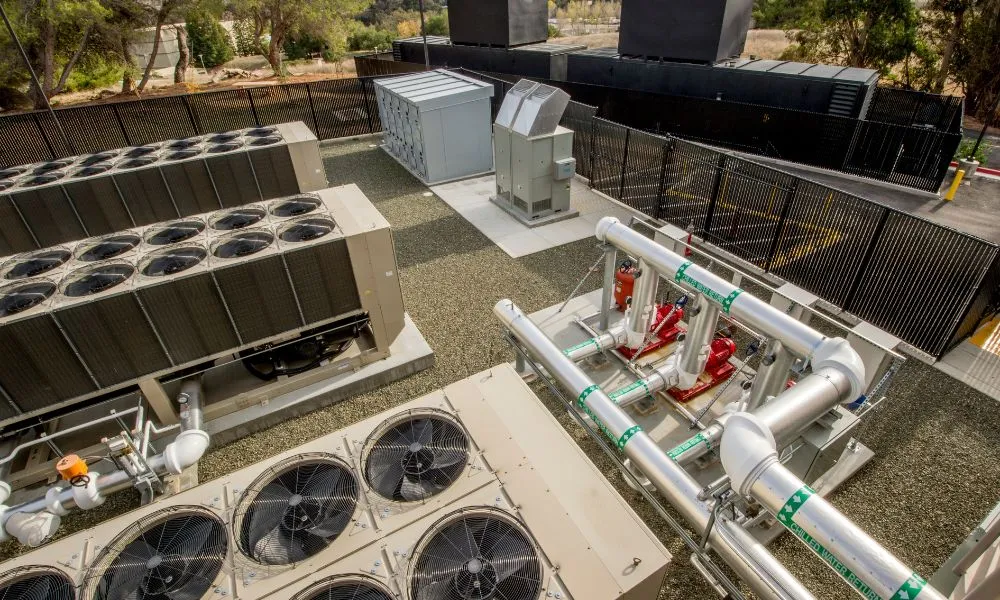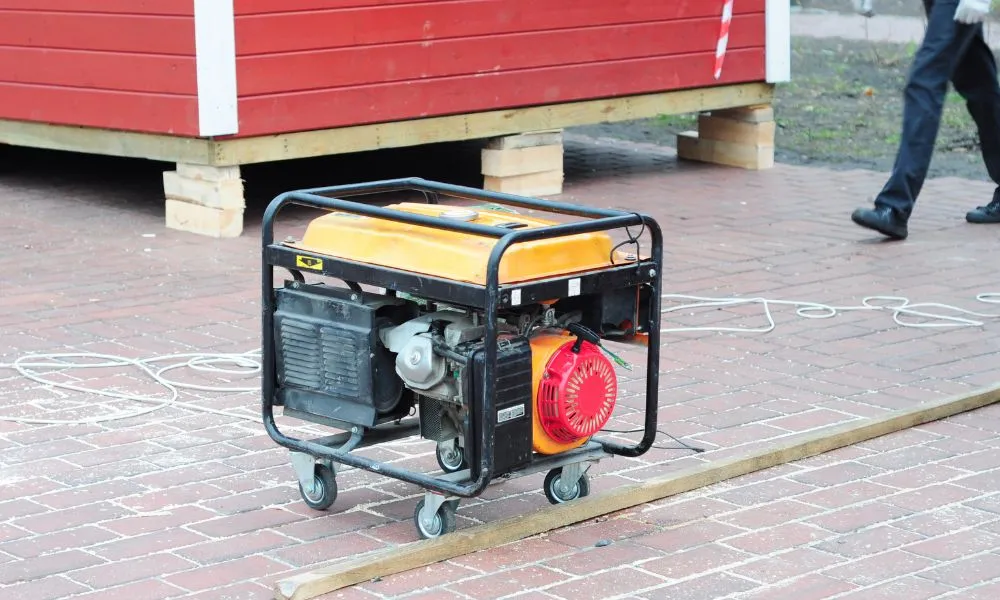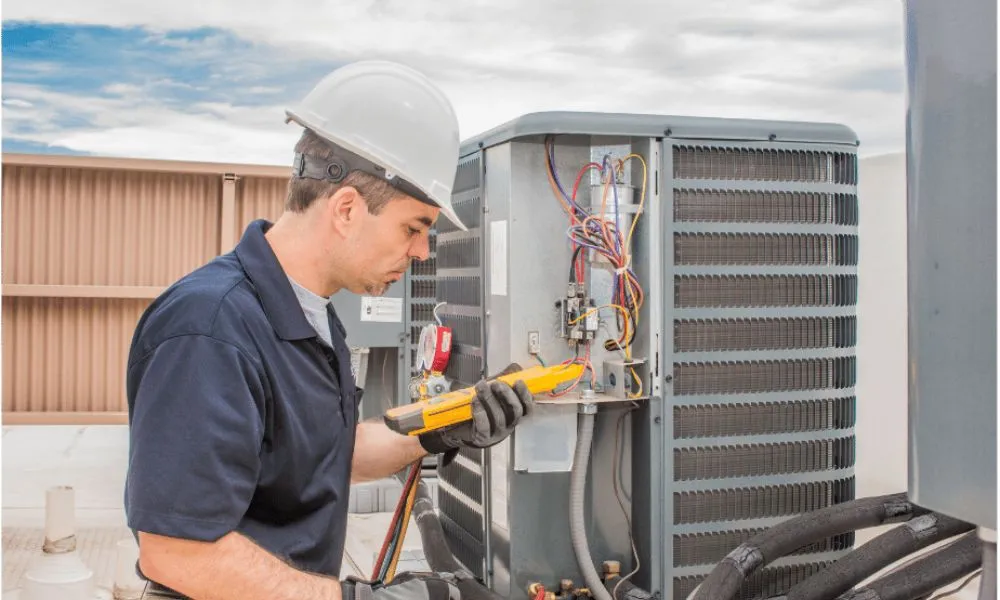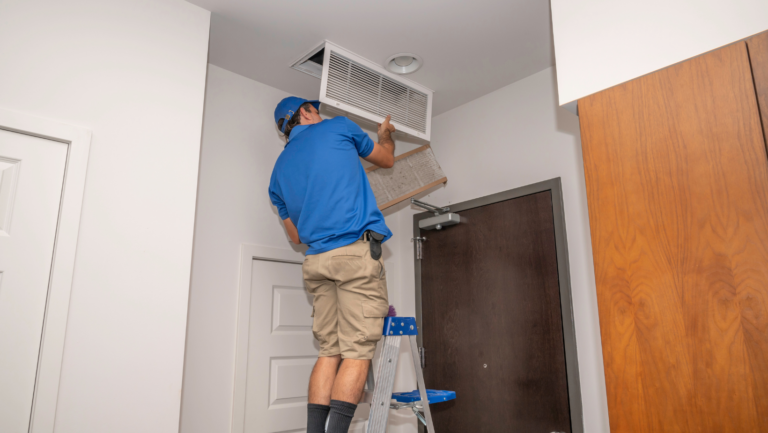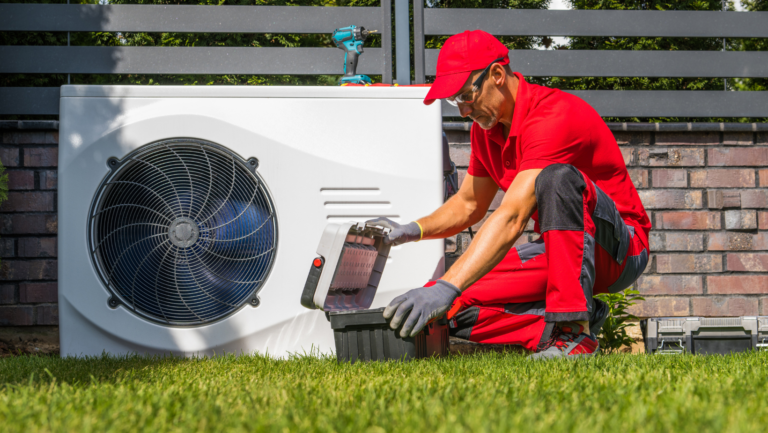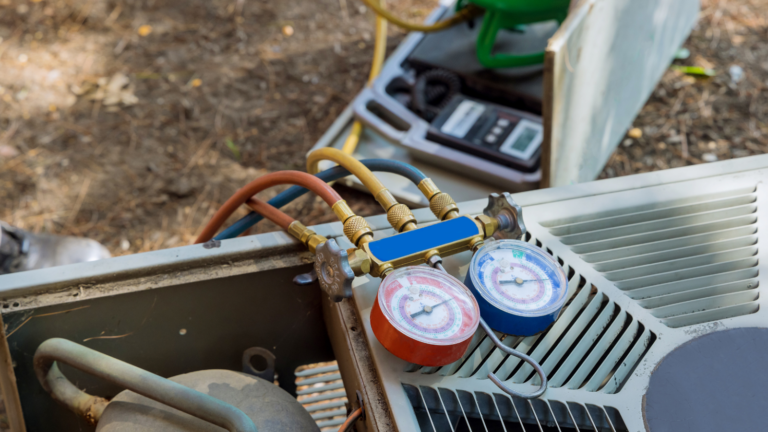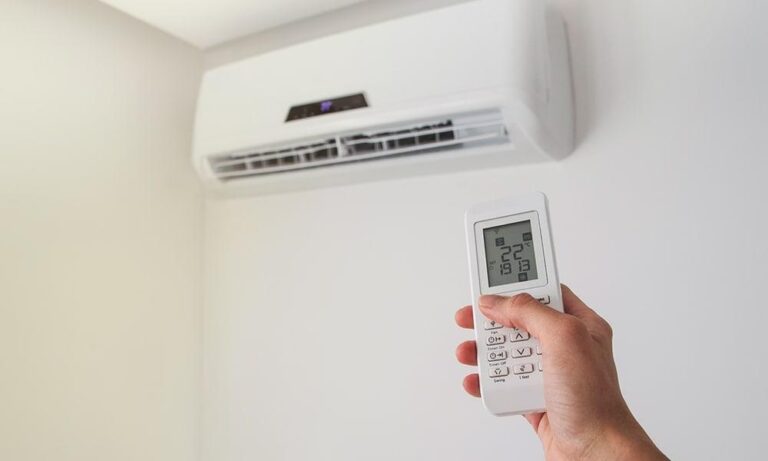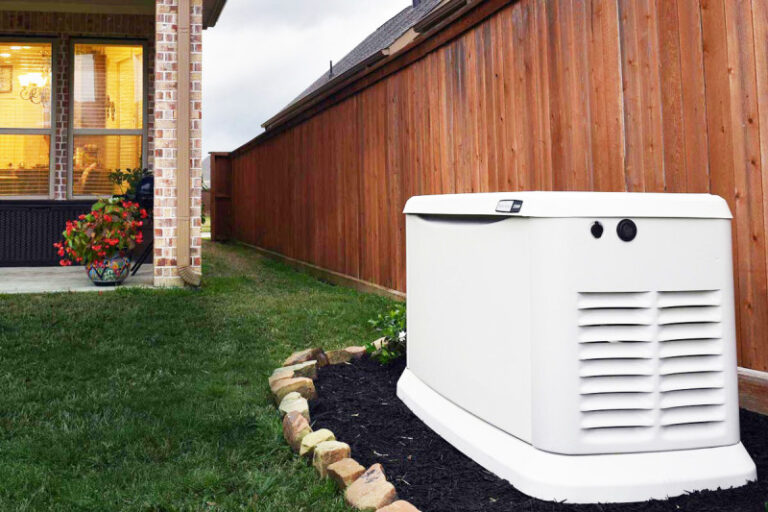Maximizing Efficiency: The Synergy of Integrated HVAC and Generator Systems
As modern homes and businesses strive to maintain comfort and continuity in all situations, the integration of HVAC and generator systems plays a pivotal role. Integrated HVAC and generator systems are designed to provide a continuous power supply to heating, ventilation, and air conditioning units. This synergy is also crucial during frequent power outages, ensuring that essential appliances, security systems, and, importantly, air conditioning systems function without interruption.
Efficiency in building management translates into reduced energy costs, enhanced safety, and improved comfort. With systems like integrated HVAC and generators, buildings can avoid the pitfalls of sudden power surges and extended power outage. The seamless operation ensures that even when the grid fails, everything from heat pumps to medical equipment and security systems remains active, providing peace of mind and safety to occupants. In this blog, we’ll explore the benefits of integrated HVAC and generator systems and discuss their importance in maintaining efficient operations.
Understanding Integrated HVAC Systems
An integrated HVAC system combines heating, ventilation, and air conditioning components that are designed to work together to maximize indoor air quality and thermal comfort. These systems typically include components such as heat exchangers, compressors, fans, and ductwork, all controlled by a central thermostat.
Over the years, HVAC systems have evolved from basic heating and cooling units to sophisticated systems that include remote monitoring and automated climate control. The integration with generator systems is a further step towards ensuring that these advances work effectively even during power disruptions, maintaining comfort without manual intervention.
Exploring Generator Systems
A generator is a device that converts mechanical energy into electrical energy, providing power when the main power supply is interrupted. Generator systems can be either permanently installed as standby generators or used as portable units depending on the need. Generators range from small portable units ideal for outdoor events to whole house generators that can power an entire home’s existing electrical system. Standby generators automatically kick in when power outages occur, unlike portable generators that require a manual setup.
Generator systems are vital in industries where constant power supply is critical, such as healthcare, where they ensure that medical equipment functions correctly during emergencies. In commercial settings, they prevent data loss and help maintain daily routines with uninterrupted power supply.
Benefits of Integration
Integrating HVAC and backup generator systems not only enhances the operational capabilities of each system but also brings multiple advantages to home and building management. These benefits contribute to a more efficient, reliable, and cost-effective approach to maintaining essential building functions, especially during unexpected power outages.
Enhanced Energy Efficiency
When HVAC and generator systems are integrated, they work together more efficiently. This setup minimizes the loss of energy and ensures that each component is operating at optimal performance levels, significantly reducing energy waste.
Improved Reliability and Resilience
The combination of HVAC systems with standby generators or home generators ensures that essential functions such as heating, cooling, and security systems continue to operate during power outages. This integration adds a layer of reliability and resilience, safeguarding against potential interruptions.
Cost Savings in Operations and Maintenance
Operating and maintaining separate HVAC and generator systems can be costly. Integration simplifies these tasks by reducing the need for separate maintenance checks and streamlining operations, which can result in significant cost savings over time.
Energy Efficiency in Integrated Systems
Integrated systems are adept at managing the load between different energy sources and systems within the building. This optimal load management ensures that energy is not only saved but is used most efficiently during peak demand times.
One innovative aspect of modern integrated systems is their ability to utilize waste heat from HVAC processes for power generation. This not only reduces the energy footprint of the building but also enhances overall energy efficiency. Additionally, smart technologies in integrated systems include sensors and IoT-enabled devices that provide real-time data on system performance. This data is crucial for making adjustments that maximize efficiency and ensure that the systems are functioning correctly within their designed parameters.
Reliability and Resilience
An integrated generator acts as a reliable backup power supply, automatically kicking in when the main power fails. This seamless transition maintains critical operations without any manual intervention required. Redundancy is a key feature of integrated systems, providing multiple pathways for power and cooling to ensure that if one pathway fails, another can take over without impacting the overall system’s performance.
Integrated systems are also designed to mitigate risks associated with downtime, which can be costly and disrupt daily operations. By providing a continuous power and cooling supply, these systems help prevent potential losses and maintain continuous service delivery.
Cost Savings Analysis
While the initial investment in an integrated HVAC and generator system may be higher than installing separate systems, the long-term savings are substantial. These savings come in the form of lower energy bills, reduced maintenance costs, and less frequent replacements of equipment. The integrated system’s efficient use of energy not only cuts costs but also pays dividends by extending the lifespan of the system components.
Moreover, integrated systems optimize energy consumption by eliminating unnecessary usage and efficiently managing power during peak and non-peak periods. This leads to significant reductions in energy bills, as the systems are designed to operate only when needed and at optimal levels, thereby avoiding the wastage typical of non-integrated systems.
The streamlined nature of integrated systems also leads to lower maintenance costs. These systems can often diagnose and report issues before they become serious, allowing for preventative maintenance that is less invasive and less costly. Additionally, having one integrated system instead of multiple disparate units reduces the complexity and cost of servicing.
Integration Considerations
One of the first considerations when looking at integration is the compatibility of the HVAC and generator systems. It is essential to ensure that both systems can communicate effectively and work together without technical conflicts. This might require some upfront customization or selecting systems designed for integration.
As businesses grow or building needs change, an integrated system should be able to scale accordingly. Planning for future scalability during the initial design and installation phase can save significant time and money, providing flexibility as demands increase or change.
While integrating systems offers many benefits, it can come with challenges such as system compatibility issues, the complexity of installation, and initial costs. However, with the right planning and expert advice, these challenges can be addressed effectively. Solutions often involve selecting the right technology from the start, involving specialists in the design and installation process, and ensuring ongoing support is in place.
Environmental Impact
Integrated HVAC and generator systems play a significant role in reducing a building’s carbon footprint. By optimizing energy use and reducing dependence on grid power, these systems help lower greenhouse gas emissions associated with energy production from fossil fuels.
The integration often involves using advanced technologies that support sustainable energy practices, such as utilizing renewable energy sources and incorporating energy recovery systems. These practices not only contribute to environmental protection but also align with global trends toward sustainability. Adopting integrated systems can also assist in meeting regulatory requirements related to energy efficiency and emissions. Buildings equipped with such systems are often viewed favorably by regulators, which can lead to incentives and lower compliance costs.
Summary
Embracing the synergy of integrated HVAC and generator systems is more than an upgrade; it’s a strategic investment in efficiency, reliability, and sustainability. By combining these critical systems, facilities not only enhance their operational efficiency but also pave the way for significant long-term savings and environmental benefits.
Whether you’re aiming to reduce costs, boost reliability, or meet sustainability goals, integrated systems offer a comprehensive solution that stands the test of time. Remember, the right integration not only powers your today but secures your tomorrow.

